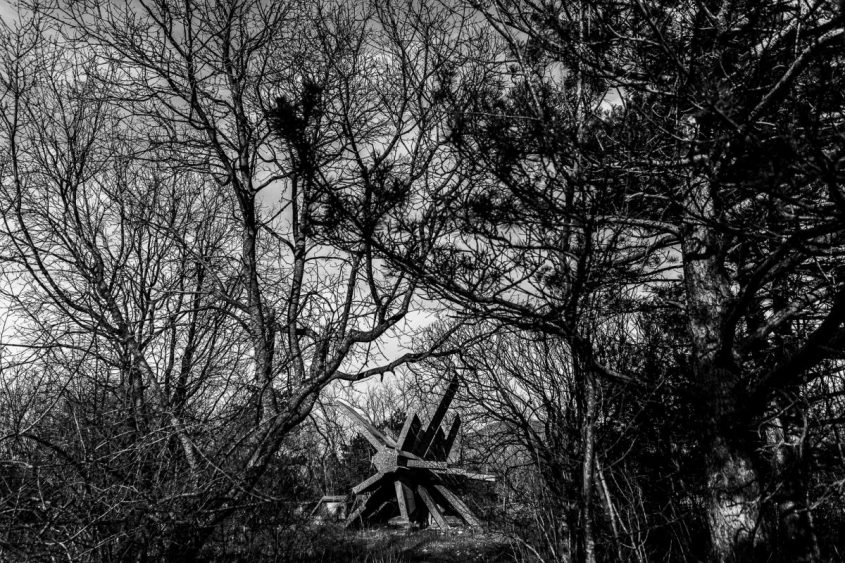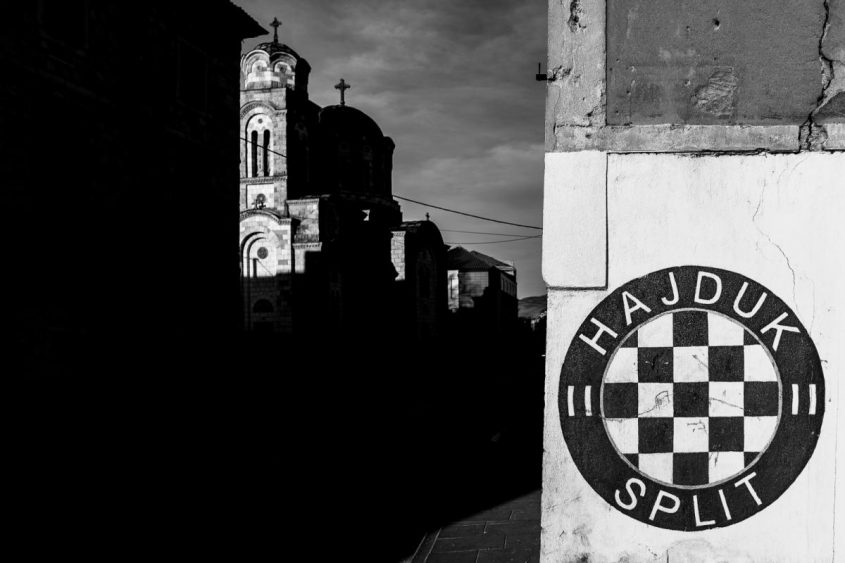I was born and raised in Knin, a small town in Northern Dalmatia, with a population of Serbs majority over Croats who were minority, up to ten percent in total population. I was born in a mixed marriage. Mixed blood cells. In Croatia, back in Yugoslavia, Knin was an important railway crossroad and industrial centre. During the clash of Yugoslavia, Knin became a city where civil war in Croatia started with so called “Wooden revolution”, by rebelled Serbs who denied Croatian independency and started its own separated territory so called Republic of Srpska Krajina, they occupied one third of total territory of Croatia, settled by Serbs majority. Also, four years later, Knin became a city where civil war in Croatia ended up during military action “Storm” and total defeat of Serbian rebellions. That caused a wave of approximately 200 000 Serbs who left Croatia and became refugees in Serbia. I was part of them. With all of my relatives. Knin left abandoned and later settled up with Croatian refugees from Bosnia mostly. Twenty-five years later, I was curious about changes happening in my hometown. And to be honest, I was stacked in Limbo. Time has stopped there, like in a vacuum. Almost the same when I left back then in 1995. With no, or small number of so-called Serbs returners. I was a guest in my hometown. Together with my colleague Slaven Rašković, a sociologist based in Zagreb, we dedicated a photography – essayistic book to Knin, as a study key of the post war reality. Life in limbo – a book of scars.

The Catholic church of Saint Anthonys in the old town with barbed wire remained from 1991, when local Croats left Knin under pressure.

Fortress on the hill Spas, over the old part of town in sunset and huge Croatian national flag

Silhouette of local man stacked in Limbo

A detail from improvised city prison, organised in abandoned hospital in 1991, mostly for captured Croatian soldiers

A detail from city’s Orthodox church. Lady lights the candle. By customs, upside is for living, bottom side is for dead.

A detail of the large monument dedicated to Croatian liberators and military action Oluja on city’s main square.

Remains of the great monument dedicated to the Partisan, liberators of Dalmatia in 1944. Monument has been demolished by the unknown Croatian vandals in 1996.

Ethnical duality, Orthodox church in shade and graffiti of the most famous Croatian football club Hajduk from Split,

Marked abandoned Croatian house.

Serbian Orthodox church seen from the old part of town. Life after people scene.